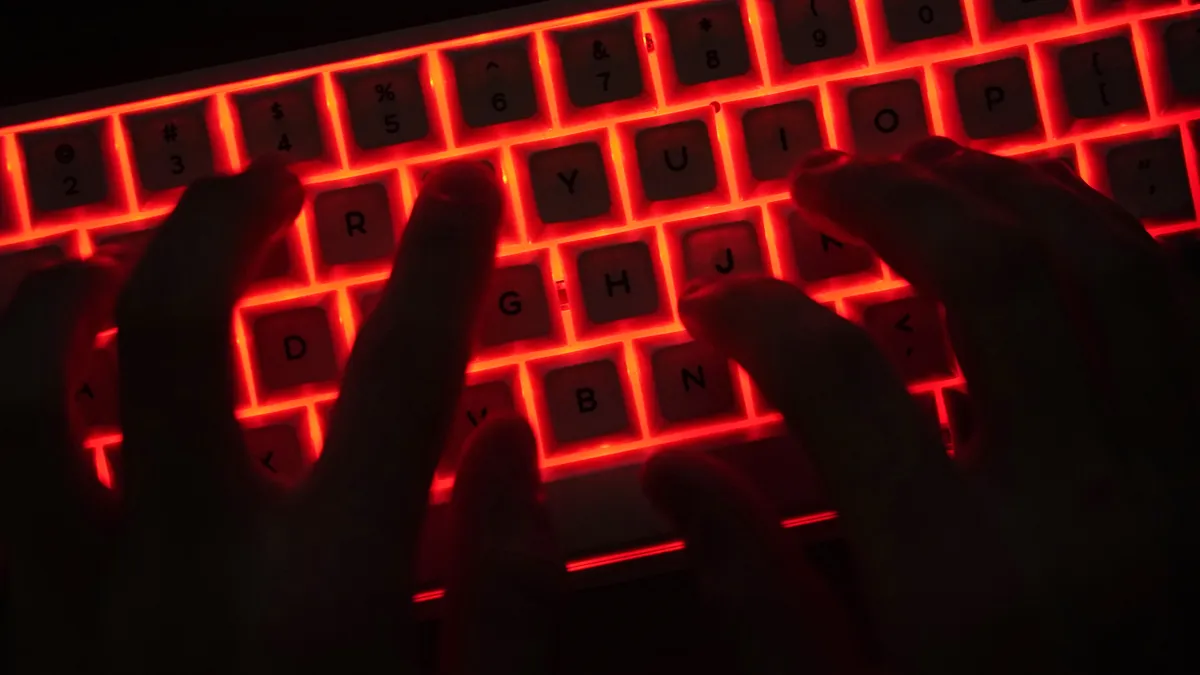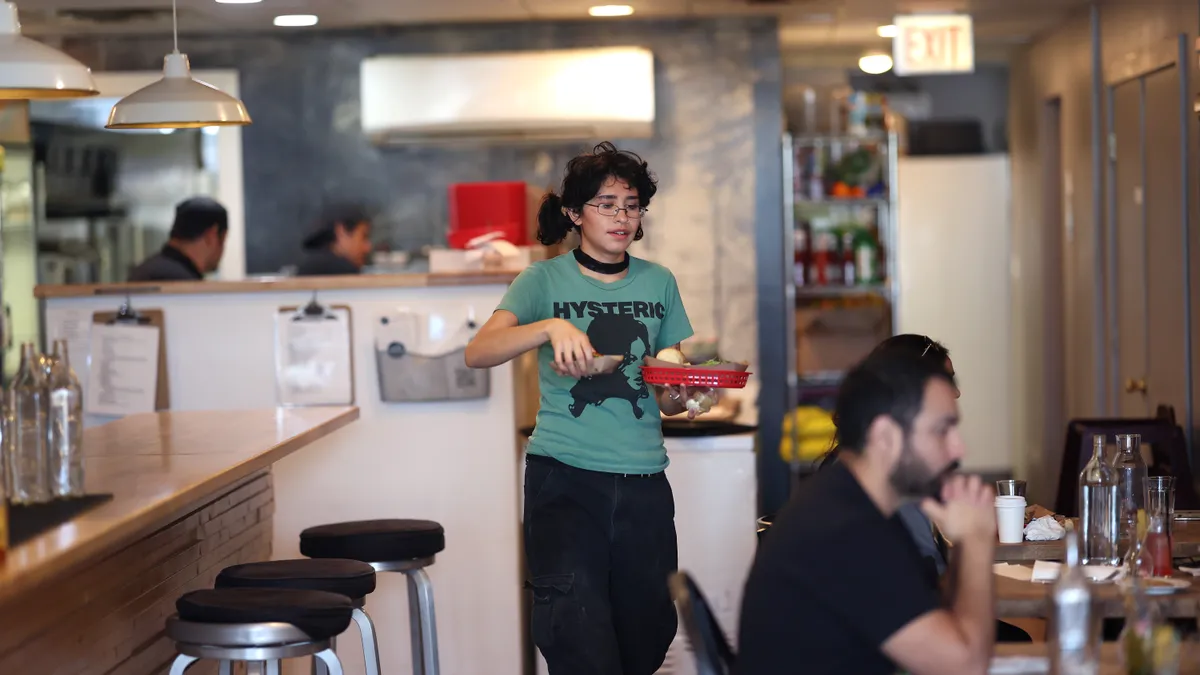“People problems” can doom an organization like nothing else. Arguments, head-butting, avoidance and scapegoating are just a few bad behaviors that demoralize others in the workplace, obstruct individual and group efforts, and drive down productivity.
So, how can employers keep “people problems” from disrupting their organizations and setting back missions and goals? Karen Gordon, CEO and co-founder of 5 Dynamics, told HR Dive that business leaders can use scientific tools to address people problems.
5 Dynamics, a technology and research firm, uses software and scientific research to determine exactly how people approach tasks. The resulting patterns translate into workstyles, according to Gordon. When one person’s workstyle differs from another’s and there’s a lack of awareness and understanding of those differences that is when conflicts occur, she says.
Gordon refutes a long-time assumption that personality differences based on the Myers-Briggs model determine how well people work together. The Myers-Briggs Type Indicator (MBTI), or personality test, is a questionnaire used to measure people’s perceptions of how they see the world around them, make decisions and work with others.
MBTI is based on opposite personality types, which break down into four categories: introvert (I) versus extrovert (E), sensing (S) versus intuitive (N), thinking (T) versus feeling (F), and judging (J) versus perceiving (P). MBTI uses a binary classification in which an individual's personality can be any combination of letters except those with opposing characteristics — so individuals are either an introvert or an extrovert, but not both. MBTI was especially popular with HR departments in the 1980s as a way to interpret working relationships and promote teamwork.
Can technology solve “people problems” at work?
5 Dynamics’ research is focused on science that measures neural network activity in the brain, Gordon says. According to the firm's findings, people follow what’s called a “neural pathway,” which Gordon describes as a person’s individual and natural way of doing things. That pathway translates to workstyle when applied to employees.
Every employee approaches tasks or assignments in ways that make sense to them, Gordon says. To follow a neural pathway belonging to someone else requires more energy and therefore is more difficult to do. It’s from this perspective that 5 Dynamics research identifies workstyles.
For example, Gordon describes two fictional workers with different neural pathways and how they might approach their assignments as team members. She says one member might be methodical, contemplative and detail-focused, and would enjoy thoroughly researching a project. The other team member might be a “big picture” person who envisions the entire project’s completion and will do what it takes to keep it on schedule. This team member is less concerned with details and perfection.
Gordon says an understanding of different workstyles — not personalities — determines how well employees interact on the job. But the question remains, do personality differences fit in and if so, how?
Is there a line between personality and workstyle?
Ginger Blume, PhD, a retired Connecticut-based psychologist, told HR Dive that she believes workstyles are based on personality differences, as well as early life experiences and habits.
Describing personality differences at work, Blume says an introverted team member might prefer working on the details of a project without lots of interaction with others. An extrovert might thrive on the collaboration and information-sharing derived from team meetings and derive satisfaction from completing the project on time.
The line between personality and workstyle can be indistinct. Gordon defines workstyle as how people prefer to do things and what makes them like what they’re doing, rather than simply what they do well. MBTI posits that personality is a set combination of types — for example, an “ISFP” or an “ENPJ” — and that individuals should be good at doing certain tasks as a result of those personality types, Gordon points out. It's a subtle flip in how to think about work behaviors.
What’s the takeaway for HR?
Gordon and Blume agree that people with different strengths and inclinations can be taught how to do the same tasks, but that may not mean they can do them well or that they will find those tasks rewarding.
“People work more effectively in teams when they bring different perspectives and approaches to assignments,” Blume observes.
Gordon says employees must understand their own and others’ natural working styles and energies — not personalities — to collaborate more effectively. She adds that employee satisfaction would soar if supervisors could explain to workers how they as managers receive information, hire people and assign tasks. She says this approach reduces burnout and costly turnover because of mismatches in responsibilities that conflict with people’s natural working styles and energies.




















